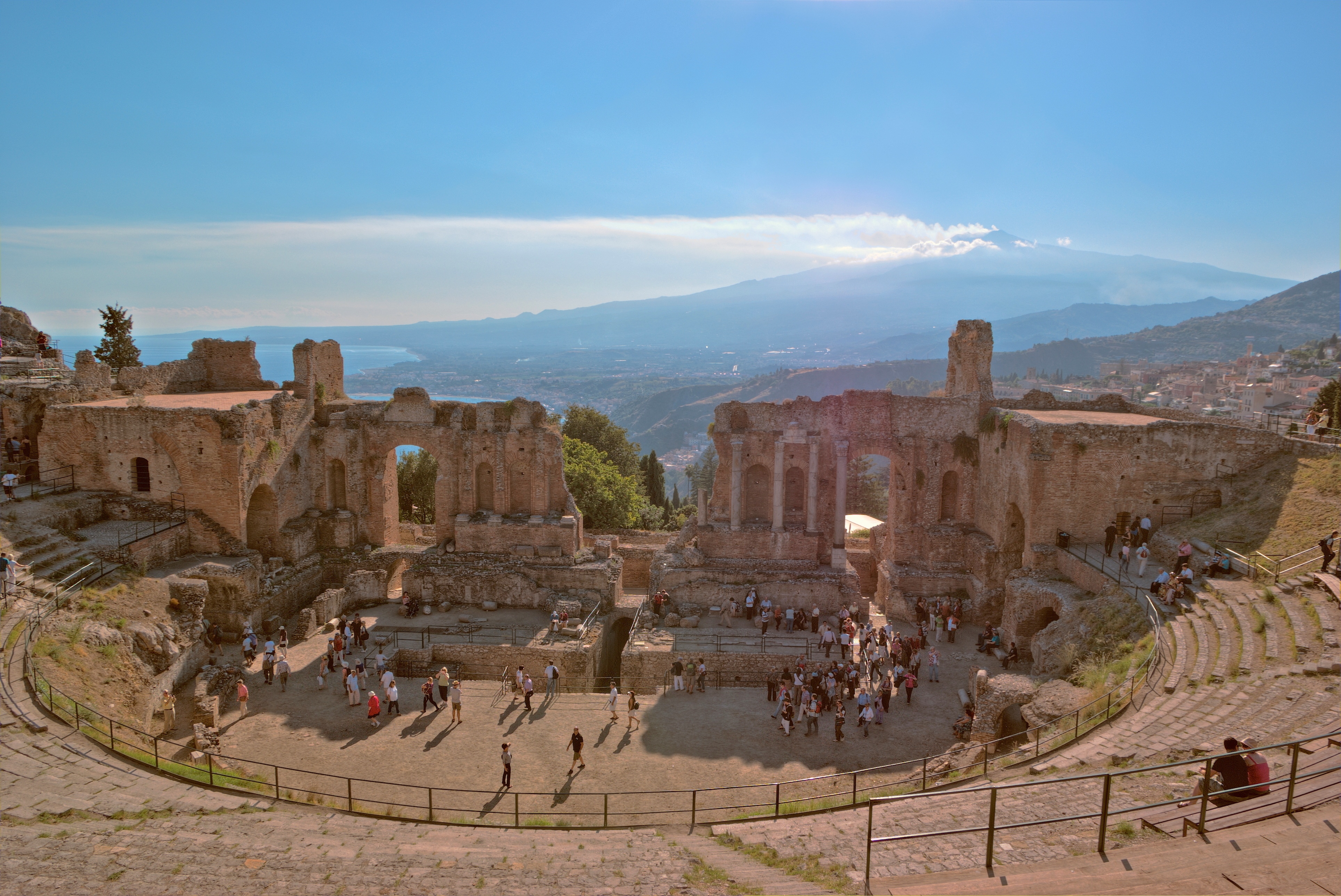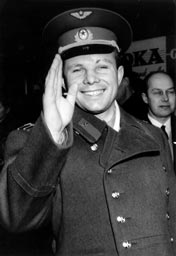|
Helen Velando
Helen Velando (born 3 December 1961) in Montevideo is a Uruguayan writer of books for children and young people. Velando books of adventures have become a referent of Uruguayan literature an infantile contemporary. Early life and career Velando studied three years of law school but she left when she determined that art was the motor that moved her soul. She began to sing and to study theatre and puppet A puppet is an object, often resembling a human, animal or Legendary creature, mythical figure, that is animated or manipulated by a person called a puppeteer. The puppeteer uses movements of their hands, arms, or control devices such as rods ...s, and got to have a blues band. She had many jobs: she sold books, shoes and clothes, made surveys, wove, was a theater educator and scriptwriter for comedy television. In 1989 she began to write adaptations for theater. In 1993, the year in which she gained a Florencio Sánchez Prize as the best new actress, she published her fir ... [...More Info...] [...Related Items...] OR: [Wikipedia] [Google] [Baidu] |
Montevideo
Montevideo () is the capital and largest city of Uruguay. According to the 2011 census, the city proper has a population of 1,319,108 (about one-third of the country's total population) in an area of . Montevideo is situated on the southern coast of the country, on the northeastern bank of the Río de la Plata. The city was established in 1724 by a Spanish soldier, Bruno Mauricio de Zabala, as a strategic move amidst the Spanish- Portuguese dispute over the platine region. It was also under brief British rule in 1807, but eventually the city was retaken by Spanish criollos who defeated the British invasions of the River Plate. Montevideo is the seat of the administrative headquarters of Mercosur and ALADI, Latin America's leading trade blocs, a position that entailed comparisons to the role of Brussels in Europe. The 2019 Mercer's report on quality of life, rated Montevideo first in Latin America, a rank the city has consistently held since 2005. , Montevideo was the ... [...More Info...] [...Related Items...] OR: [Wikipedia] [Google] [Baidu] |
Uruguayan People
Uruguayans ( es, uruguayos) are people identified with the country of Uruguay, through citizenship or descent. Uruguay is home to people of different ethnic origins. As a result, many Uruguayans do not equate their nationality with ethnicity, but with citizenship and their allegiance to Uruguay. Colloquially, primarily among other Spanish-speaking Latin American nations, Uruguayans are also referred to as "''orientals s in Easterners'" ( es, orientales). Uruguay is, along with much of the Americas, a melting pot of different peoples, with the difference that it has traditionally maintained a model that promotes cultural assimilation, hence the different cultures have been absorbed by the mainstream. Uruguay has one of the most homogeneous populations in South America; the most common ethnic backgrounds by far being those from Spain, Italy, Germany and France i.e. Spanish Uruguayans, Italian Uruguayans, German Uruguayans , French Uruguayans and Polish Uruguayans. Immigratio ... [...More Info...] [...Related Items...] OR: [Wikipedia] [Google] [Baidu] |
Uruguayan Literature
Uruguayan literature has a long and eventful history. Beginnings Literature properly speaking starts in Uruguay with the country-flavoured poetry of Bartolomé Hidalgo, 1788-1822. The two leading figures of the Romantic period are Adolfo Berro and Juan Zorrilla de San Martín.ll ''Modernistas'' Julio Herrera y Reissig was one of the great fin-de-siècle ''modernistas'', indeed one of the very greatest and subtlest of Latin American poets. Two leading women are Juana de Ibarbourou and Delmira Agustini; indeed, Ibarbourou defined a whole period of Spanish-American sentiment towards the poetic and was immensely popular. Emilio Frugoni and Emilio Oribe were distinguished lyricists. Other important figures Outstanding among the prose and fiction figures are Juan Carlos Onetti, Carlos Martínez Moreno, Eduardo Galeano, Felisberto Hernández, Mario Benedetti, Tomás de Mattos, Mauricio Rosencof and Jorge Majfud. Horacio Quiroga was an immensely popular as well as highly indiv ... [...More Info...] [...Related Items...] OR: [Wikipedia] [Google] [Baidu] |
Theatre
Theatre or theater is a collaborative form of performing art that uses live performers, usually actors or actresses, to present the experience of a real or imagined event before a live audience in a specific place, often a stage. The performers may communicate this experience to the audience through combinations of gesture, speech, song, music, and dance. Elements of art, such as painted scenery and stagecraft such as lighting are used to enhance the physicality, presence and immediacy of the experience. The specific place of the performance is also named by the word "theatre" as derived from the Ancient Greek θέατρον (théatron, "a place for viewing"), itself from θεάομαι (theáomai, "to see", "to watch", "to observe"). Modern Western theatre comes, in large measure, from the theatre of ancient Greece, from which it borrows technical terminology, classification into genres, and many of its theme (arts), themes, stock characters, and plot elements. Theatre art ... [...More Info...] [...Related Items...] OR: [Wikipedia] [Google] [Baidu] |
Puppet
A puppet is an object, often resembling a human, animal or Legendary creature, mythical figure, that is animated or manipulated by a person called a puppeteer. The puppeteer uses movements of their hands, arms, or control devices such as rods or strings to move the body, head, limbs, and in some cases the mouth and eyes of the puppet. The puppeteer often speaks in the voice of the character of the puppet, and then synchronizes the movements of the puppet's mouth with this spoken part. The actions, gestures and spoken parts acted out by the puppeteer with the puppet are typically used in storytelling. Puppetry is a very ancient form of theatre which dates back to the 5th century BC in Ancient Greece. There are many different varieties of puppets, and they are made from a wide range of materials, depending on their form and intended use. They range from very simple in construction and operation to very complex. Two simple types of puppets are the finger puppet, which is a tiny p ... [...More Info...] [...Related Items...] OR: [Wikipedia] [Google] [Baidu] |
Theatrical Adaptation
In a theatrical adaptation, material from another artistic medium, such as a novel or a film is re-written according to the needs and requirements of the theatre and turned into a play or musical. Elision and interpolation Directors must make artistic decisions about what to include and exclude from the source material. The original mediums have a significant influence on these decisions, for example, much must be elided in the adaptation from a novel to a stage production, due to practical time constraints. These decisions are always controversial and comparisons between the original and the adaptation are unavoidable. Novel adaptation ''The Phantom of the Opera'' was originally a novel by Gaston Leroux written as a serialisation from 1909 to 1910. It is the longest running show in Broadway history. There are numerous examples of novel adaptations in the field, including ''Cats'', which was based on ''Old Possum's Book of Practical Cats'' (1939) by T.S. Eliot and ''Les Misé ... [...More Info...] [...Related Items...] OR: [Wikipedia] [Google] [Baidu] |
Uruguayan Children's Writers
Uruguay (; ), officially the Oriental Republic of Uruguay ( es, República Oriental del Uruguay), is a country in South America. It shares borders with Argentina to its west and southwest and Brazil to its north and northeast; while bordering the Río de la Plata to the south and the Atlantic Ocean to the southeast. It is part of the Southern Cone region of South America. Uruguay covers an area of approximately and has a population of an estimated 3.4 million, of whom around 2 million live in the metropolitan area of its capital and largest city, Montevideo. The area that became Uruguay was first inhabited by groups of hunter–gatherers 13,000 years ago. The predominant tribe at the moment of the arrival of Europeans was the Charrúa people, when the Portuguese first established Colónia do Sacramento in 1680; Uruguay was colonized by Europeans late relative to neighboring countries. The Spanish founded Montevideo as a military stronghold in the early 18th century beca ... [...More Info...] [...Related Items...] OR: [Wikipedia] [Google] [Baidu] |
1961 Births
Events January * January 3 ** United States President Dwight D. Eisenhower announces that the United States has severed diplomatic and consular relations with Cuba (Cuba–United States relations are restored in 2015). ** Aero Flight 311 (Koivulahti air disaster): Douglas DC-3C OH-LCC of Finnish airline Aero crashes near Kvevlax (Koivulahti), on approach to Vaasa Airport in Finland, killing all 25 on board, due to pilot error: an investigation finds that the captain and first officer were both exhausted for lack of sleep, and had consumed excessive amounts of alcohol at the time of the crash. It remains the deadliest air disaster to occur in the country. * January 5 ** Italian sculptor Alfredo Fioravanti marches into the U.S. Consulate in Rome, and confesses that he was part of the team that forged the Etruscan terracotta warriors in the Metropolitan Museum of Art. ** After the 1960 military coup, General Cemal Gürsel forms the new government of Turkey (25th gov ... [...More Info...] [...Related Items...] OR: [Wikipedia] [Google] [Baidu] |
Living People
Related categories * :Year of birth missing (living people) / :Year of birth unknown * :Date of birth missing (living people) / :Date of birth unknown * :Place of birth missing (living people) / :Place of birth unknown * :Year of death missing / :Year of death unknown * :Date of death missing / :Date of death unknown * :Place of death missing / :Place of death unknown * :Missing middle or first names See also * :Dead people * :Template:L, which generates this category or death years, and birth year and sort keys. : {{DEFAULTSORT:Living people 21st-century people People by status ... [...More Info...] [...Related Items...] OR: [Wikipedia] [Google] [Baidu] |
Uruguayan Women Children's Writers
Uruguay (; ), officially the Oriental Republic of Uruguay ( es, República Oriental del Uruguay), is a country in South America. It shares borders with Argentina to its west and southwest and Brazil to its north and northeast; while bordering the Río de la Plata to the south and the Atlantic Ocean to the southeast. It is part of the Southern Cone region of South America. Uruguay covers an area of approximately and has a population of an estimated 3.4 million, of whom around 2 million live in the metropolitan area of its capital and largest city, Montevideo. The area that became Uruguay was first inhabited by groups of hunter–gatherers 13,000 years ago. The predominant tribe at the moment of the arrival of Europeans was the Charrúa people, when the Portuguese first established Colónia do Sacramento in 1680; Uruguay was colonized by Europeans late relative to neighboring countries. The Spanish founded Montevideo as a military stronghold in the early 18th century beca ... [...More Info...] [...Related Items...] OR: [Wikipedia] [Google] [Baidu] |


